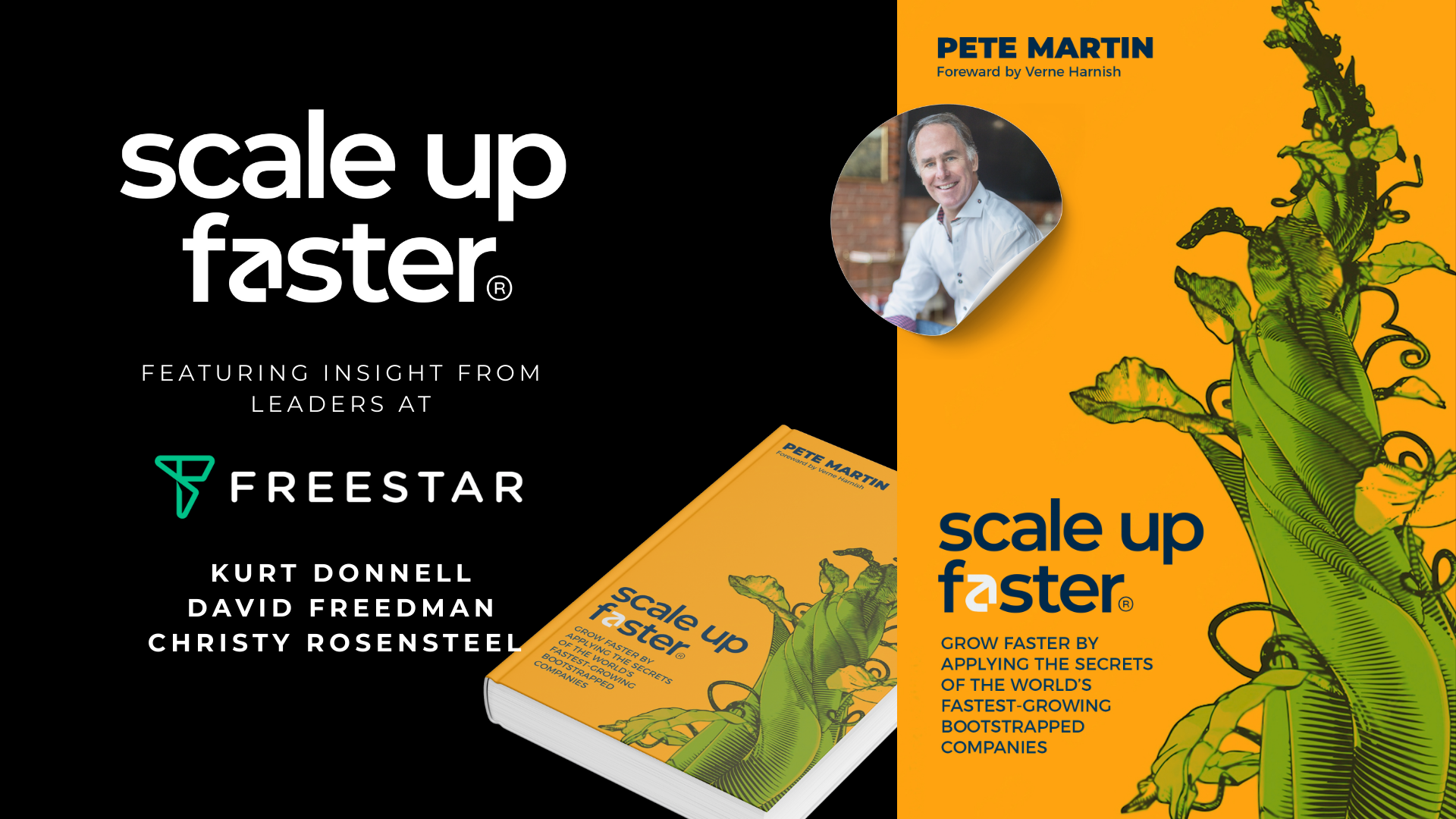As anticipated, interest in Google’s Core Web Vitals (CWV) search algorithm update which begins in May has grown continually. To address this and other rapid developments in the digital landscape, Freestar has assembled an agile taskforce, dubbed “Funk Works” in honor of Lockheed Martin’s Skunk Works department. This group has been working on CWV and CLS projects for the last few months. If this paragraph has you really confused, please go back and read our primer around Freestar’s approach to Core Web Vitals.
As a sneak peak, here’s the before and after of one of the websites we’ve conducted our preliminary tests on:
BEFORE FREESTAR OPTIMIZATIONS:
AFTER IMPLEMENTING FREESTAR’S SOLUTION:
How our publishers can get ahead:
As Freestar nears completion of our first official line of ad products optimized for search, we ask that our publishers focus on the foundation upon which their sites are built. To facilitate this, our Account Managers have tools readily available upon request which will allow you to identify areas for improvement for the core vitals and other metrics weighed in determining rankings.
As we continue to develop new products and solutions to meet our publishers’ needs, we urge our publishers to return their attention to optimizing their foundations.
By conducting these tests and proactively striving for optimal search performance, publishers will have a major advantage when our solution suite is released.
What are major publishers doing about CLS?
It’s no coincidence that many publishers, especially those known as innovators in SEO strategy, have been improving upon their user experience the last few months.
Their focus has turned to improving page speed by optimizing factors not controlled by Freestar and the results have been promising to say the least. Here are a few examples of publishers showing initial improvements:
Something you can do – if you aren’t already – that is a big component of load time is to investigate working with a Content Delivery Network (CDN’s). You can learn more on the Web Vitals blog to ensure fast page loads across the globe.
Overview of CDN’s:
A content delivery network consists of a network of servers that are optimized for quickly delivering content to users. Although CDNs are arguably best known for serving cached content, CDNs can also improve the delivery of uncacheable content. Generally speaking, the more of your site delivered by your CDN, the better.
At a high-level, the performance benefits of CDNs stem from a handful of principles: CDN servers are located closer to users than origin servers and therefore have a shorter round-trip time (RTT) latency; networking optimizations allow CDNs to deliver content more quickly than if the content was loaded “directly” from the origin server; lastly, CDN caches eliminate the need for a request to travel to the origin server.
The Road Ahead:
Freestar is finalizing our work with our demand partners, our ad products, and our code in general. We expect to finish all initial testing of a CLS-optimized ad stack by the end of April. As mentioned in our article from April 1st, this product will be an opt-in feature for our publishers; we do not yet know the full scope of the revenue impact this will cause.
Once testing is completed, we will be rolling out to opted-in publishers in waves in May, and reporting back findings throughout our Newsletter and these Blog posts. As with any of these major Google updates, we intend to be flexible and iterate as time goes on.





